7 Powerful Reasons to Switch: Reusable Baby Wipes vs Disposable
What are baby wipes, and why does it matter if you use reusable or disposable ones? In today’s world, parents are bombarded with choices. Every new baby means a mountain of decisions—how to clean, what to buy, and which option is best for baby and planet alike. That’s where the debate on reusable baby wipes vs disposable truly comes into play.
Eco-conscious parenting is on the rise in the USA, and for a good reason. As we step into 2025, more families are realizing the environmental impact of their daily habits. From the nursery to the car seat, every small choice adds up. The humble baby wipe, used daily for everything from diaper changes to sticky hands, might seem insignificant, but it makes a big difference—both for your baby’s health and the world they’ll grow up in.
But with so many brands, buzzwords, and opinions, it’s easy to get overwhelmed. Should you stick to the convenience of disposable wipes, or make the switch to reusables? Are reusable baby wipes really cleaner and greener? Is it worth the extra effort?
In this guide, you’ll discover:
-
Why the debate matters in 2025
-
The real-world impact of both options
-
Health, cost, and convenience factors
-
Honest reviews from parents
-
How you can transition easily
By the end, you’ll know exactly which option fits your family’s needs—and why switching could be the smartest move you make this year!
Environmental Impact
Disposable Wipes & Landfill Waste
Every year, billions of disposable wipes are used and thrown away—often ending up in US landfills or even oceans. These wipes don’t break down like toilet paper. They contain plastics and synthetic fibers, taking decades (or longer) to decompose. According to the EPA, Americans toss over 20 billion disposable wipes annually. That’s enough to circle the earth—twice!
How Reusable Wipes Reduce Carbon Footprint
Reusable baby wipes are made from materials like organic cotton, bamboo, or microfiber. After use, they’re washed and reused dozens, even hundreds of times. Instead of sending waste to landfills, you reduce your household’s carbon footprint. One set of 30-40 reusable wipes can replace thousands of disposables in a single year.
Water & Energy Consumption Comparison
“But isn’t washing reusable wipes wasteful?” Not really! Studies show that laundering wipes at home uses less water and energy overall compared to manufacturing, packaging, and transporting single-use disposables. Especially when you wash them with other baby items, the environmental impact is minimal.
Long-Term Ecological Benefits
Choosing reusable baby wipes means supporting a circular economy. Fewer chemicals, less plastic, and smaller carbon emissions. And when wipes wear out? Most cloth wipes are compostable or recyclable, unlike disposables.
Info Table 1: Environmental Impact
| Criteria | Reusable Wipes | Disposable Wipes |
|---|---|---|
| Waste per year | <1lb | 100+ lbs |
| Decomposition time | Compostable/2 years | 100+ years |
| Materials | Cotton/Bamboo | Plastic fibers |
| Landfill Impact | Minimal | Major |
| Carbon Footprint | Low | High |
Info Table 2: Typical Usage Stats
| Family Size | Reusables Needed | Disposables Used/Year |
|---|---|---|
| 1 child | 30-40 wipes | 2,500–3,500 |
| 2 children | 50-60 wipes | 5,000+ |
| 3+ children | 60-80 wipes | 7,000+ |
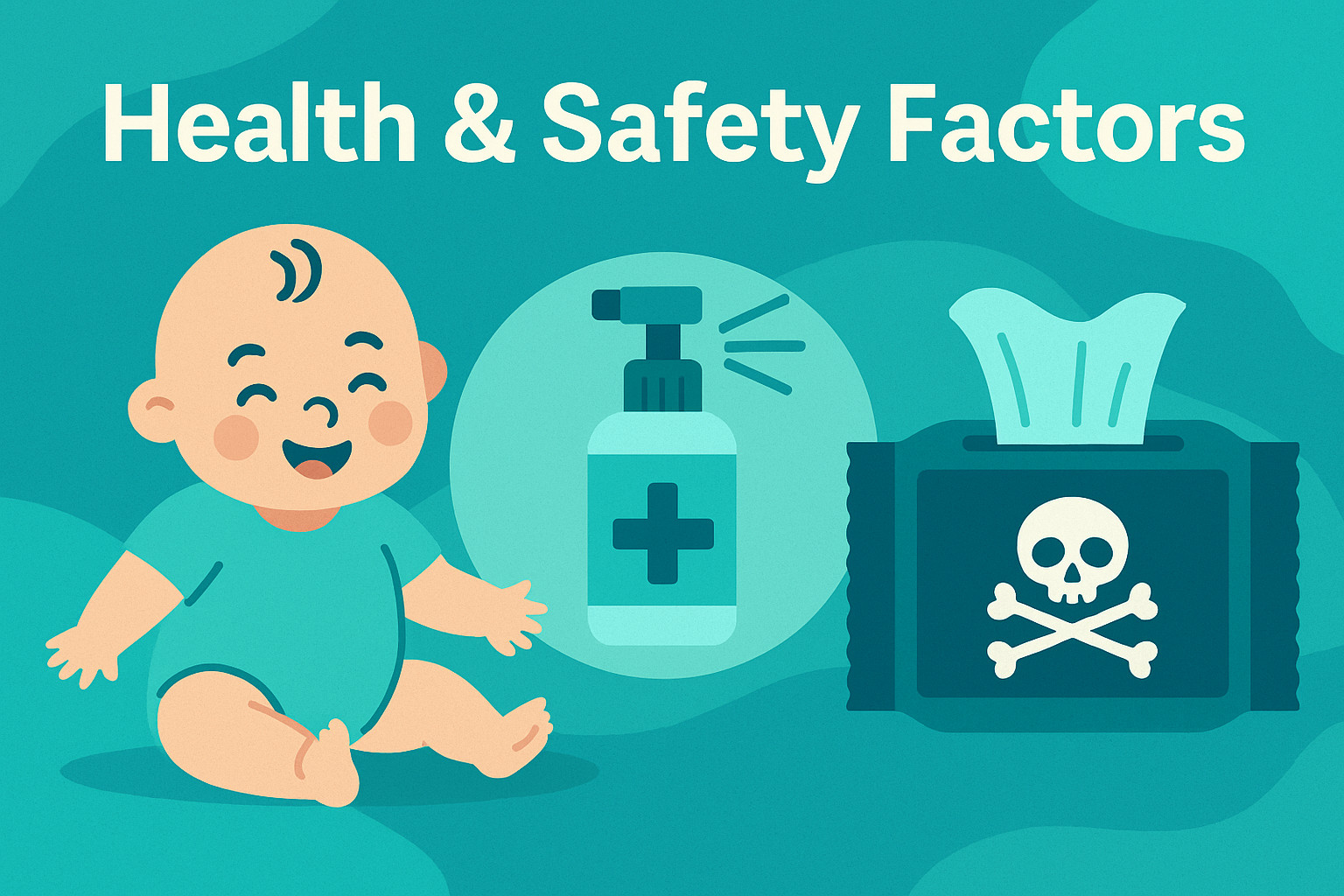
Health & Safety Factors
Ingredients in Disposable Wipes
Most disposable wipes contain chemicals—preservatives, fragrances, parabens, and even microplastics. These ingredients can irritate sensitive baby skin, trigger allergies, or worsen eczema. Recent US studies link certain wipe ingredients to higher rates of diaper rash.
Chemical-Free Benefits of Reusable Wipes
Reusable wipes are usually free from harsh chemicals. When you use just water or a gentle homemade solution, there’s nothing to irritate or harm delicate skin. Plus, you know exactly what’s touching your baby—no surprises!
Sensitive Skin Considerations
Babies with eczema, allergies, or chronic diaper rash often fare better with cloth wipes. Parents report fewer breakouts, less redness, and happier skin overall. Pediatricians increasingly recommend switching to reusable, unscented options.
Allergen & Irritant Analysis
Unlike many disposables, reusable wipes don’t harbor hidden allergens. You control the detergent and cleaning method. No more guessing if a new rash is from the wipe, the cream, or something else!
Info Table 1: Health Impact
| Factor | Reusable Wipes | Disposable Wipes |
|---|---|---|
| Preservatives | None (if water only) | Yes |
| Allergens | Minimal | Possible |
| Suitable for eczema | Yes | Sometimes irritating |
| Microplastics | No | Often |
| Fragrances | No | Yes (most brands) |
Info Table 2: Parent Feedback
| Skin Condition | Disposable Wipes | Reusable Wipes |
|---|---|---|
| Diaper rash | Common | Rare |
| Redness | Sometimes | Rarely |
| Breakouts | Sometimes | Almost never |
| Comfort level | Okay | Excellent |
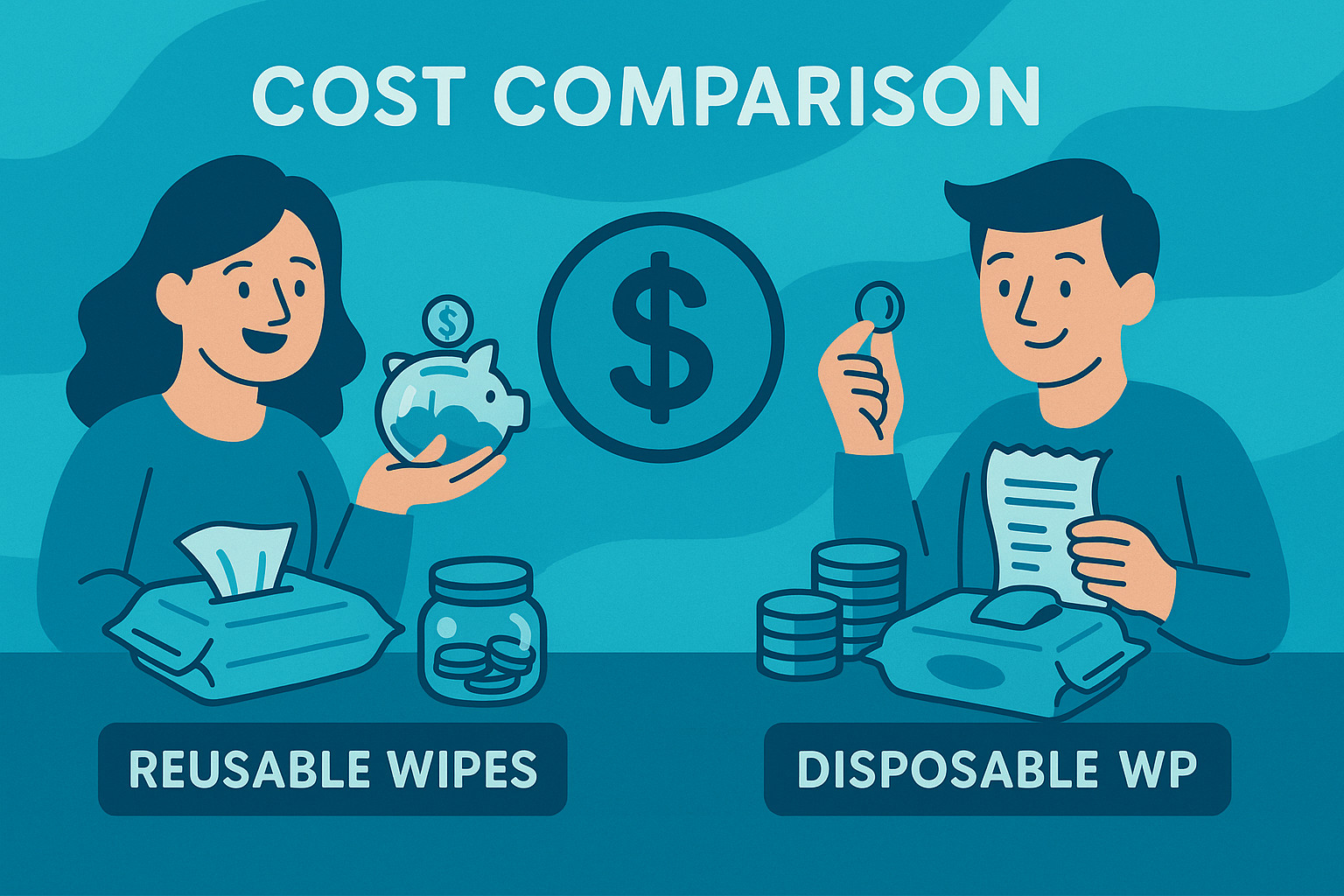
Cost Comparison
Upfront vs. Ongoing Costs
At first glance, disposable wipes look cheap. A single pack costs just a few dollars. But, those costs add up—fast! A typical US baby will use $200–$400 worth of wipes in the first year alone.
Reusable wipes require a bigger upfront investment (about $30–$60 for a starter kit), but that’s often the only purchase you’ll ever need.
Real Savings Over Time
Over a three-year diapering period, families can save hundreds—sometimes over $500—just by switching to reusable wipes. Imagine what you could do with that extra cash!
DIY Options for Extra Savings
Some parents make their own wipes using soft old t-shirts or towels, cutting costs even further. And since reusable wipes last years, many families use them again with second (or third) babies.
Cost Case Study: US Households
Case Example:
The Smith family in Ohio switched to cloth wipes for their two kids. Over 3 years, they spent just $60, compared to their neighbor’s $850 on disposables!
Info Table 1: Yearly Cost Breakdown
| Year | Reusable Wipes Cost | Disposable Wipes Cost |
|---|---|---|
| 1 | $40 | $250 |
| 2 | $0 (already owned) | $250 |
| 3 | $0 | $250 |
| Total | $40 | $750 |
Info Table 2: DIY Reusable Savings
| Method | Startup Cost | Annual Cost |
|---|---|---|
| Buy cloth wipes kit | $40 | $0 |
| DIY from old towels | $0-$10 | $0 |
| Disposable wipes (avg) | $0 | $250 |
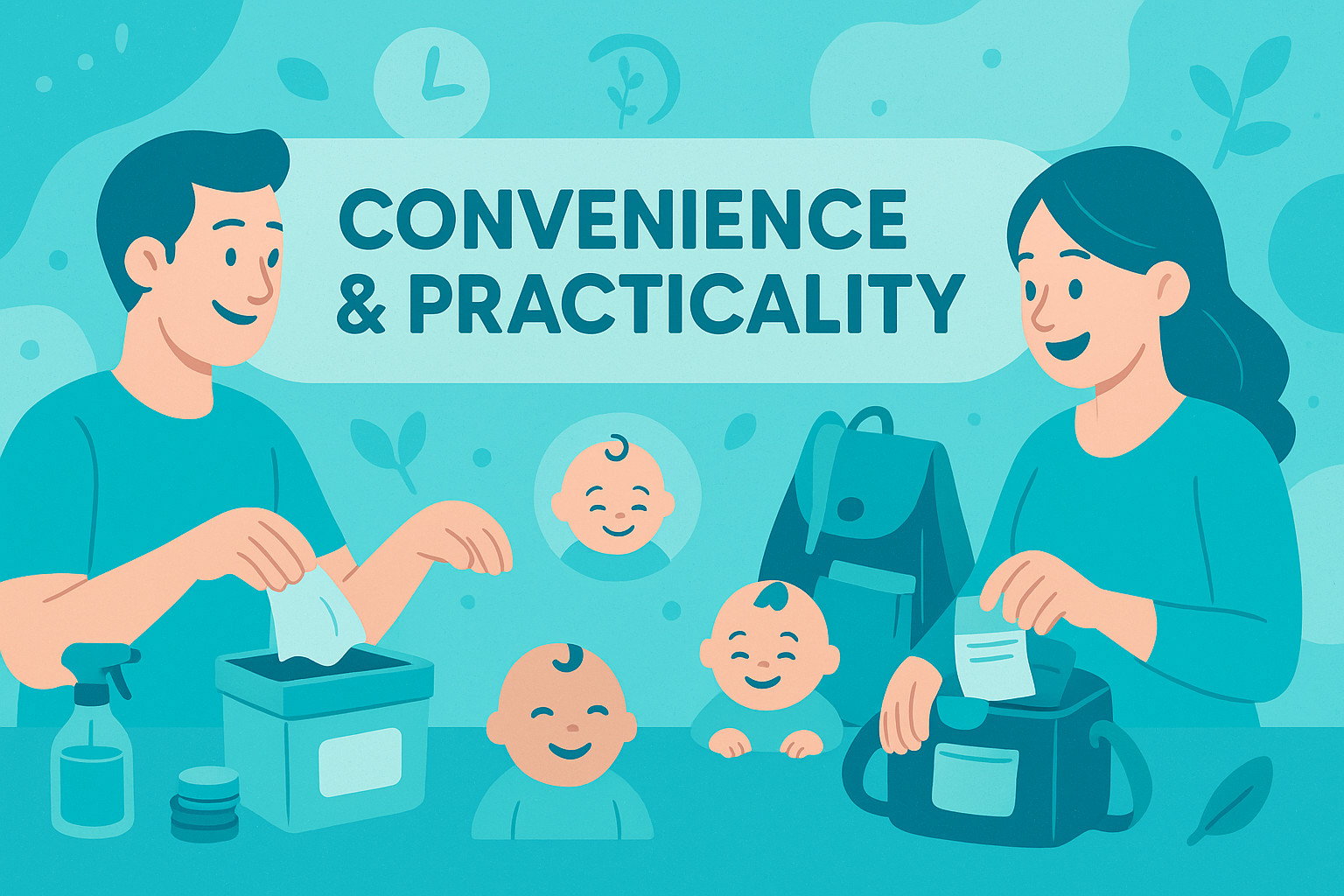
Convenience & Practicality
On-the-Go Use: Which is Easier?
Disposable wipes win for grab-and-go. Toss a pack in your bag, and you’re set. But reusable wipes are easy too: prep a handful in a wet bag, and they stay moist for hours. Plus, you’ll never run out at midnight!
Cleaning & Storage of Reusables
Cleaning reusables is simpler than you think. Just toss them in the wash with towels or baby clothes—no special care needed. Store clean wipes in a container, and dampen as needed.
Availability & Sourcing
Reusable wipes are available online and in many baby stores across the US. Brands like GroVia, OsoCozy, and Cheeky Wipes are highly rated. You can even find organic and hypoallergenic options.
Tips for Busy Parents
-
Prep wipes in bulk (once a week)
-
Keep a small stash of disposables for emergencies
-
Use a wet bag for outings
-
Teach older siblings to help with wipe prep
Info Table 1: Practicality Scorecard
| Task | Reusable Wipes | Disposable Wipes |
|---|---|---|
| Prep time | 5 min/week | None |
| Use on-the-go | Easy | Very easy |
| Laundry time | With clothes | None |
| Storage | Wet bag/box | Plastic pack |
Info Table 2: Must-Have Gear
| For Reusables | For Disposables |
|---|---|
| Cloth wipes | Disposable packs |
| Wet bag | Trash bin |
| Storage box | Plastic box |
| Gentle detergent | — |
| Spray bottle | — |
User Experience & Parent Reviews
Real Parent Testimonials
“After one week of using cloth wipes, my son’s diaper rash disappeared!”
— Emily, TX
“I was skeptical at first, but reusables are so easy. I keep a small stash of disposables for travel, but I love how soft the cloth wipes feel.”
— Mike, CA
Common Challenges and Solutions
-
Stains? Use a little baking soda or sun-bleach outside.
-
Bulk prep feels hard? Set a reminder for Sundays—done in 5 minutes!
-
Childcare won’t allow cloth? Use disposables there, cloth at home.
Social Media Trends (2025)
On Instagram and TikTok, #reusablebabywipes trends with over 200K posts in 2025. Eco-moms share hacks, routines, and dramatic before-after photos of their diapering routines.
What Pediatricians Say
Most US pediatricians now support using water-based or reusable wipes for babies with chronic rashes, eczema, or sensitive skin. AAP guidelines recommend minimizing exposure to fragrance and preservatives.
Info Table 1: Challenges & Solutions
| Challenge | Simple Solution |
|---|---|
| Extra laundry | Add to existing loads |
| On-the-go moisture loss | Wet bag or small spray |
| Stains | Sun-bleaching |
| Travel inconvenience | Keep small disposables |
Info Table 2: Social Media Buzz
| Hashtag | Posts (2025) | Main Theme |
|---|---|---|
| #reusablebabywipes | 200K+ | Eco routines |
| #clothwipesforbaby | 120K+ | Savings & tips |
| #greenparentingusa | 95K+ | Health & hacks |
| #babyskincarehealthy | 80K+ | Sensitive skin |
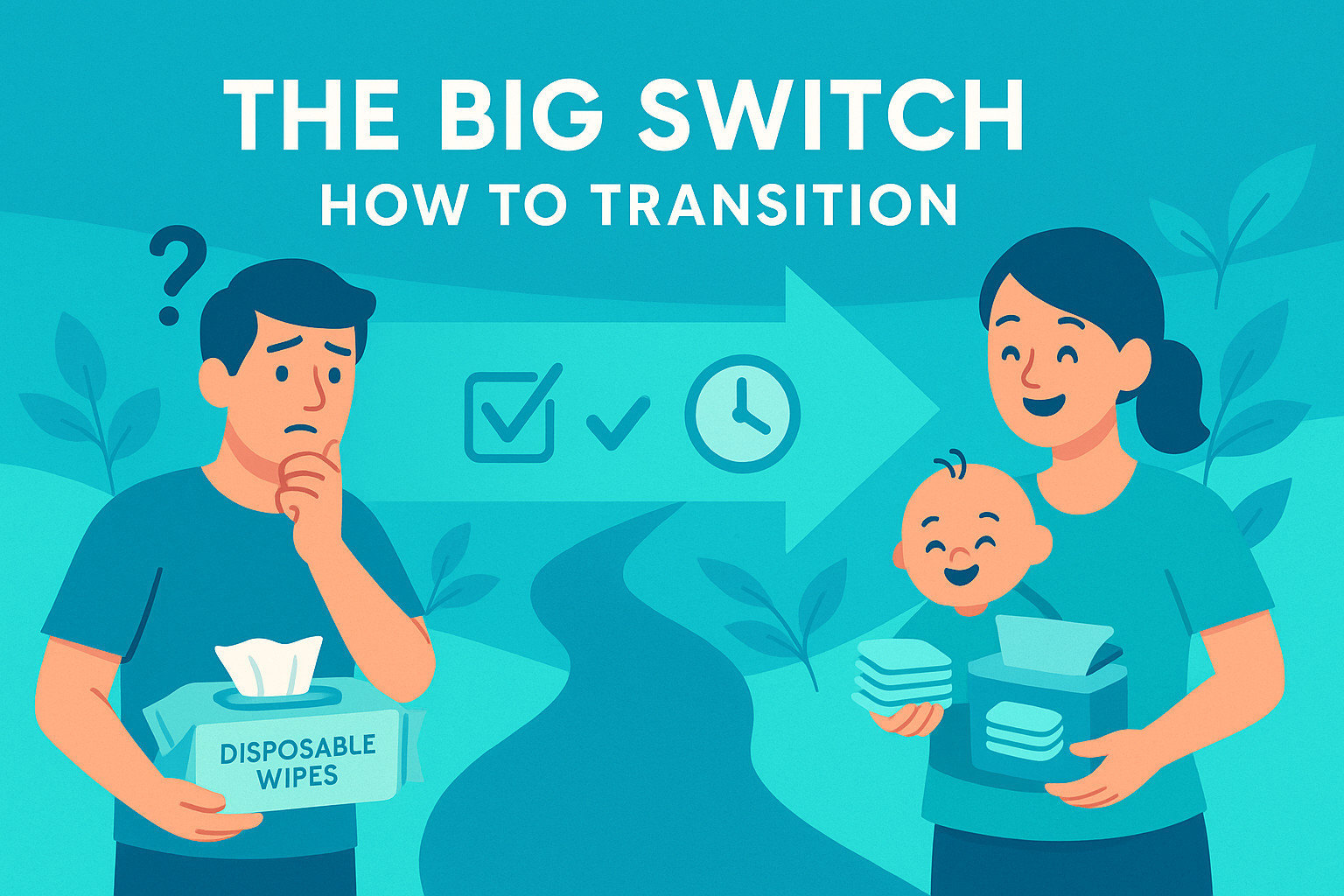
The Big Switch: How to Transition
Setting Up a Reusable System
-
Buy or DIY 30–40 wipes
-
Get a small container and a wet bag
-
Use water or make a gentle wipe solution
Overcoming Common Obstacles
-
Laundry: Add wipes to towel or baby loads
-
Staining: Use gentle detergents, sun-bleach as needed
-
Resistance: Involve the family, explain the benefits!
Essential Products & Starter Kits
Recommended brands (external link):
GroVia Reusable Cloth Wipes – Amazon US
OsoCozy Flannel Baby Wipes – Official Site
Cheeky Wipes USA – Shop Online
Step-by-Step Transition Guide
-
Buy or make a set of reusable wipes
-
Prep by washing and storing them in a clean container
-
Use water or solution as needed
-
Store used wipes in a wet bag until wash day
-
Wash and repeat!
Info Table 1: Transition Kit Checklist
| Item | Must-Have? |
|---|---|
| 30-40 wipes | Yes |
| Wet bag | Yes |
| Storage box | Yes |
| Mild detergent | Yes |
| Spray bottle | Optional |
Info Table 2: First Month Planner
| Week | Focus Area | Task |
|---|---|---|
| 1 | Gather supplies | Buy/make wipes & accessories |
| 2 | Start at home | Use for diaper changes |
| 3 | Try outings | Prep wet bag, test on-the-go |
| 4 | Full transition | Cloth wipes only at home/out |
FAQs
Are reusable wipes really clean?
Yes! When washed properly (hot water, mild detergent), reusable wipes are as sanitary as any towel or washcloth.
How many do I need?
For one baby, 30–40 wipes is enough for a 2–3 day wash cycle.
Can I use both together?
Absolutely. Many parents use disposables for travel and reusables at home.
What if I travel a lot?
Pack a wet bag for used wipes, or switch to disposables temporarily on trips.
Are reusable wipes sanitary for newborns?
Yes, especially if you use hot water for washing. Pediatricians approve.
Will I save money with reusables?
Definitely. Most families save at least $200–$500 per child.
Conclusion
Switching from disposable to reusable baby wipes is more than just a trend—it’s a powerful choice for your baby’s health, your family’s budget, and the world they’ll inherit. With minimal effort, a little planning, and the right supplies, you can make the switch and never look back.
Reusable baby wipes vs disposable isn’t just a question of cost—it’s about making smarter, healthier, and more sustainable choices every day.
If you’re ready to make a change that lasts, now is the perfect time to switch. Explore trusted brands, connect with like-minded parents, and enjoy all the benefits of going green—one wipe at a time!
Share this content:
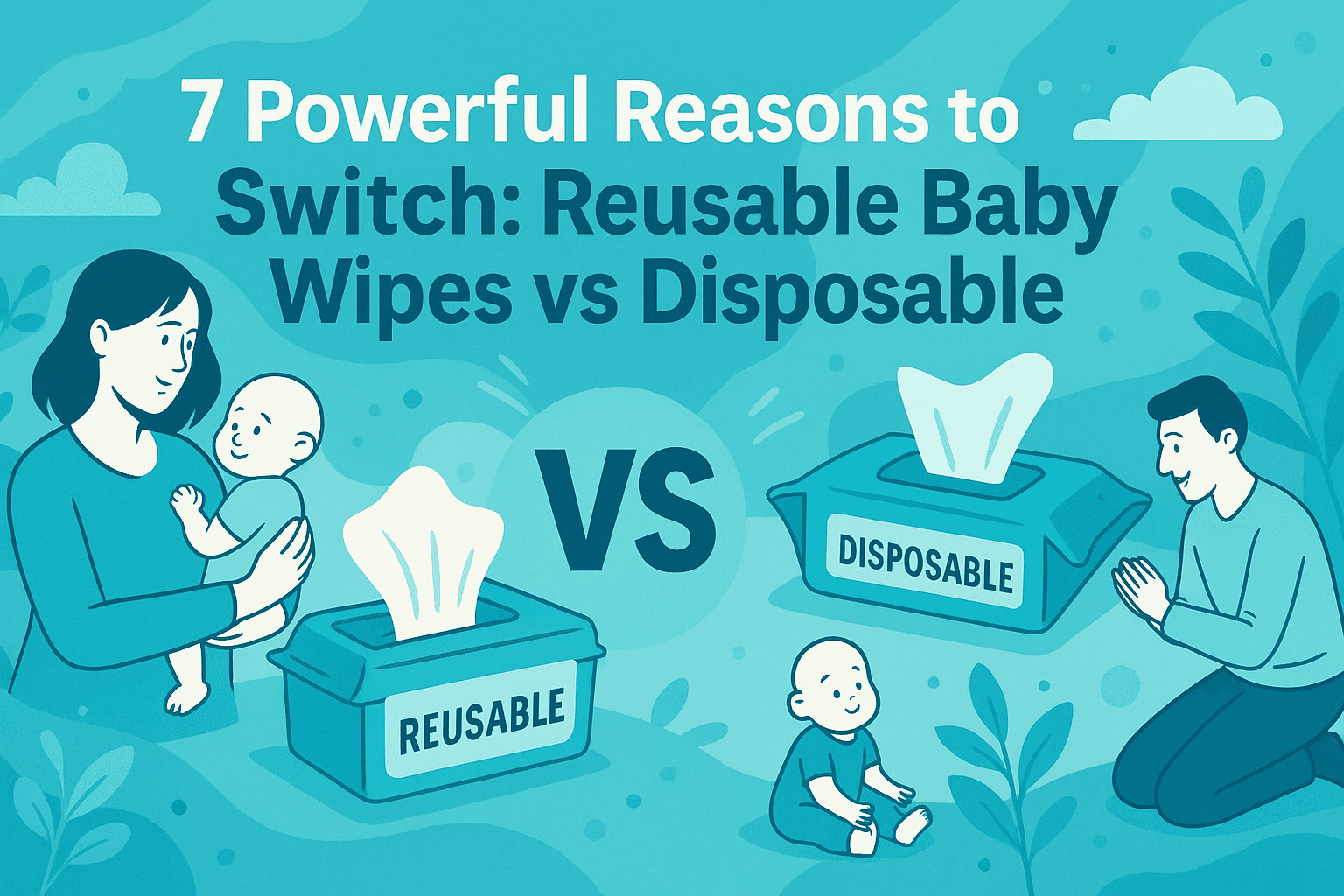
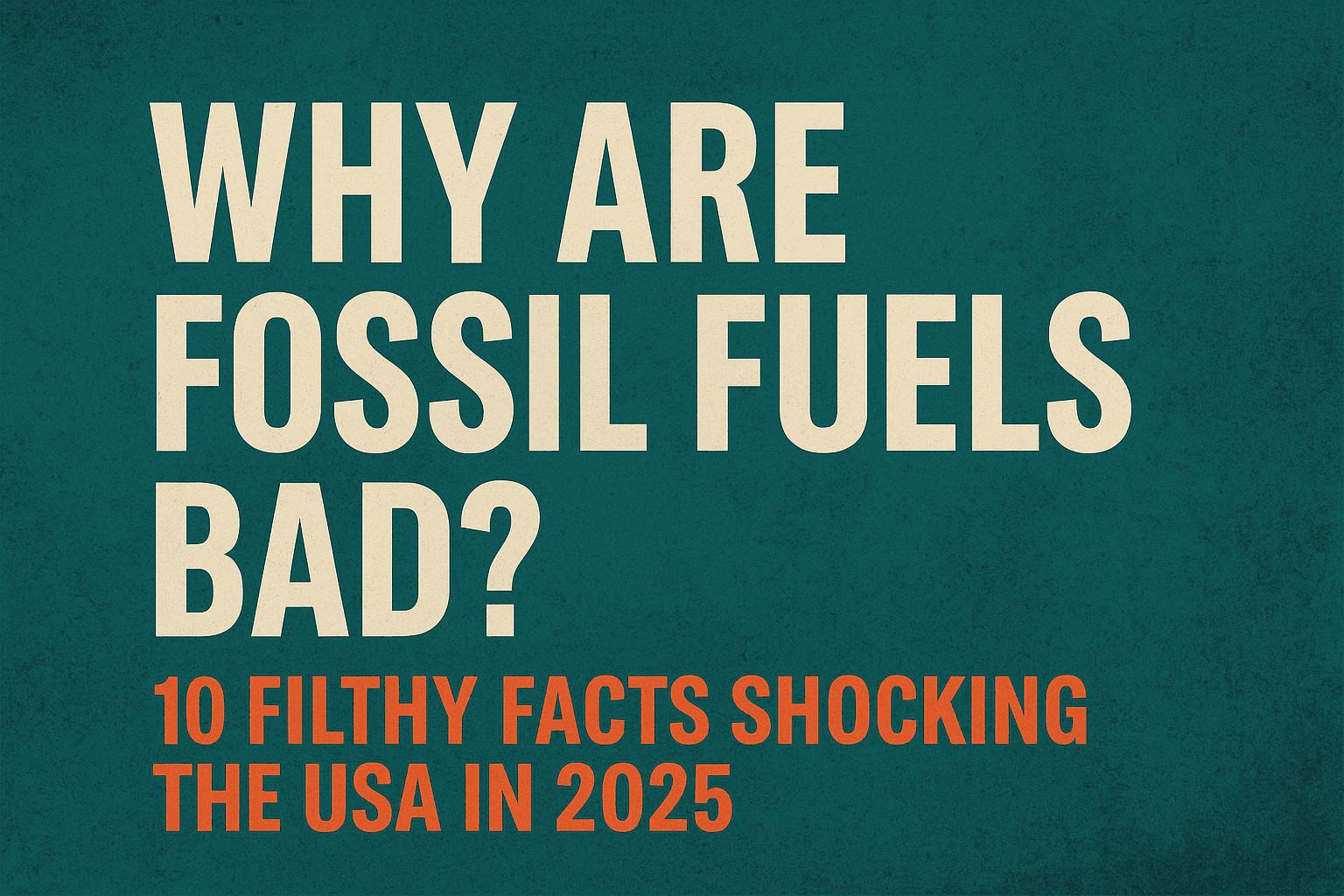
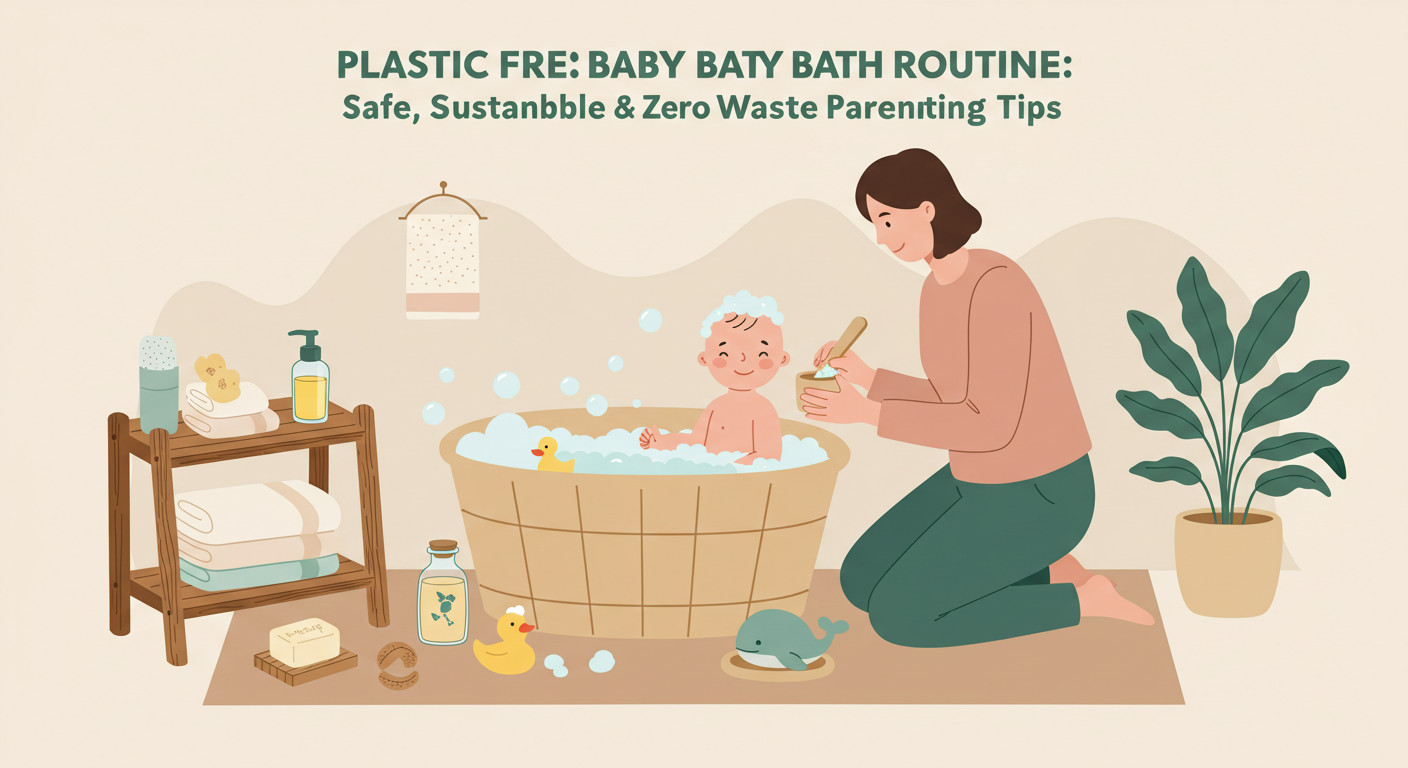
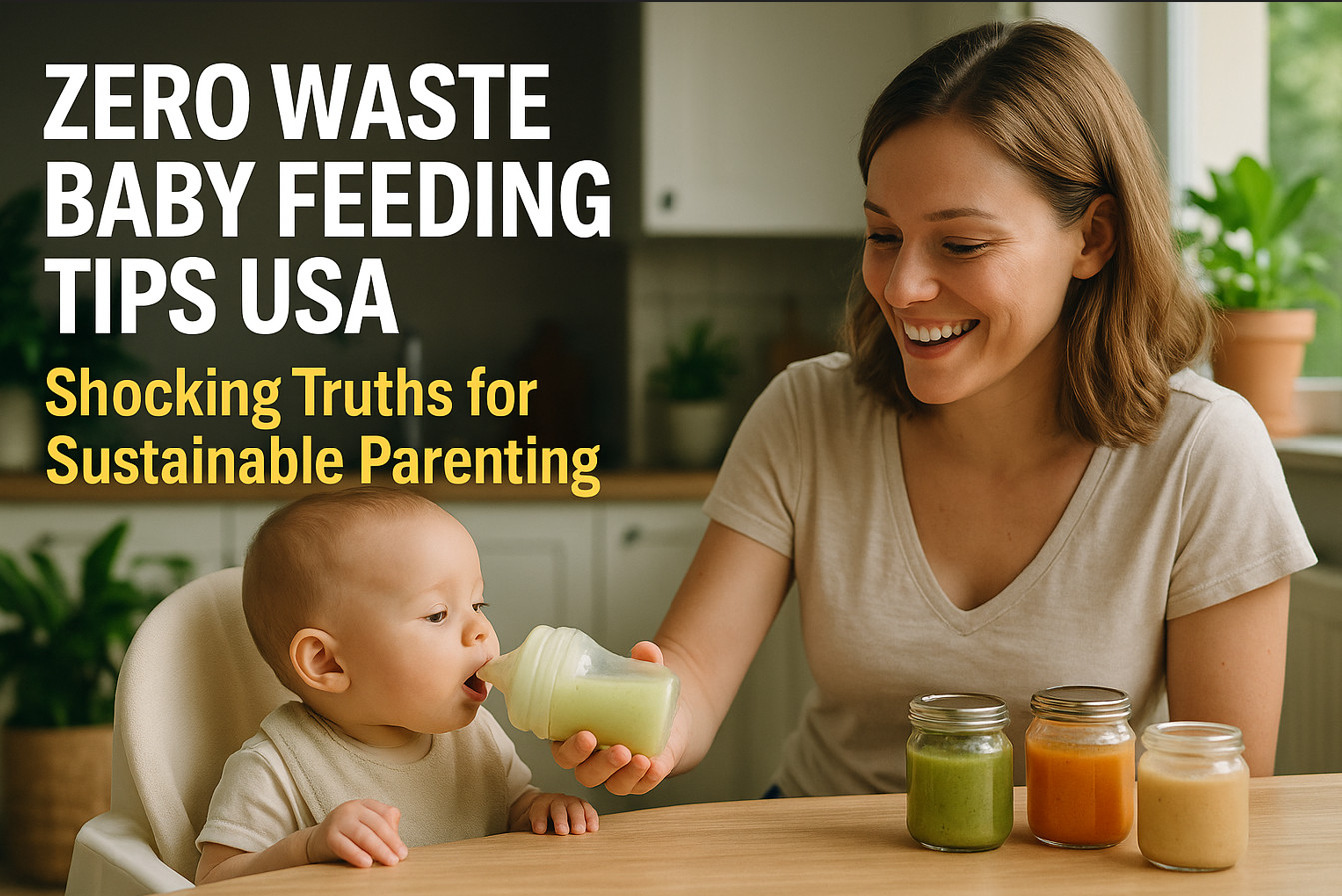
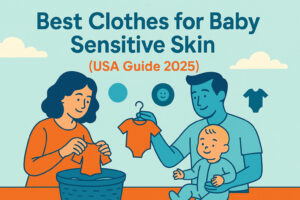
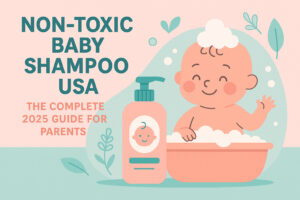
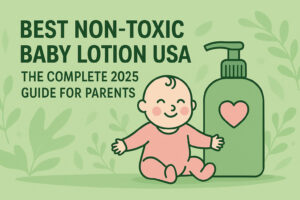

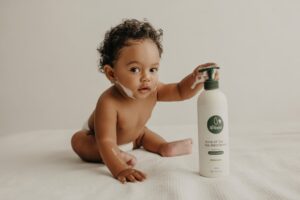
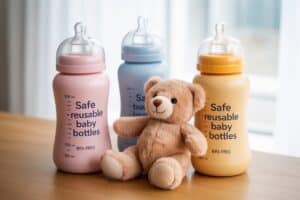
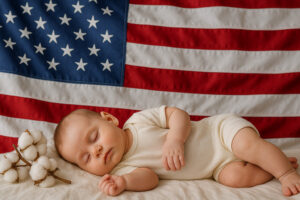
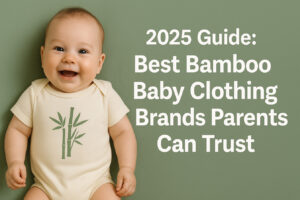
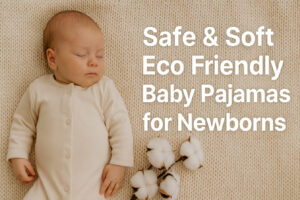
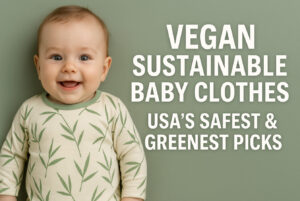
Post Comment